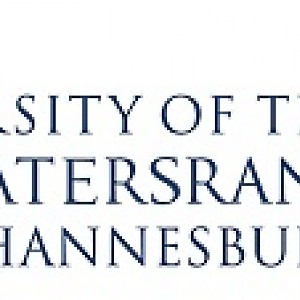Overview
The University of the Witwatersrand, Johannesburg, also known as Wits University is a leading, internationally-ranked, research-intensive University located in Johannesburg, South Africa, the economic heartland of Africa. Committed to academic and research excellence, Wits generates high level scarce skills for a globally competitive world, while addressing local social and economic development. At the forefront of a changing society, Wits is a social leader, dedicated to advancing the public good.
Wits is known for its work in deep level mining, science, health sciences, accountancy, law, governance, and the humanities, amongst others. It houses five Faculties which comprise 34 Schools. The five Faculties are Commerce, Law and Management; Engineering and the Built Environment; Health Sciences, Humanities and Science.
The University offers approximately 3 600 courses to about 30 800 full-time students, of whom about a third are postgraduate and 55% are female. Almost 65% of all doctoral candidates and about half of all enrollments are in the Science, Engineering and Technology fields. Wits has developed about 130 000 graduates in its 92 years of existence. It has a proud record in that about 87% of all publications are in accredited international journals.
Wits is a diverse, cosmopolitan University that serves as home to thousands of international students from around the world.
MOOCs
Wits University have partnered with edX to deliver online courses to learners across the globe.
Learn new skills, pursue your interests or advance your career with these short online courses from Wits University
Click on a course title to go to the course page
See all courses from Wits University on edX ►
Learn new skills, pursue your interests or advance your career with these short online courses from Wits University
Click on a course title to go to the course page
- Results-Based Project Management: Monitoring and Evaluation
- Research Methods: An Engineering Approach
- Introduction to Stewart’s Model of Physiological Acid-Base Chemistry.
- System Dynamics for Health Sciences
- Mining for Development: The Taxation Linkage
- Theory of Change for Development
- Media Freedom and Freedom of Expression in Africa
- Forced and Precarious Labor in the Global Economy: Slavery by Another Name?
- Digital Transformation and the IT Team
- Postgraduate Academic Literacy for Management and Business Students
- Academic writing for clarity and meaning
- Activism and Citizen Journalism through Media
See all courses from Wits University on edX ►


